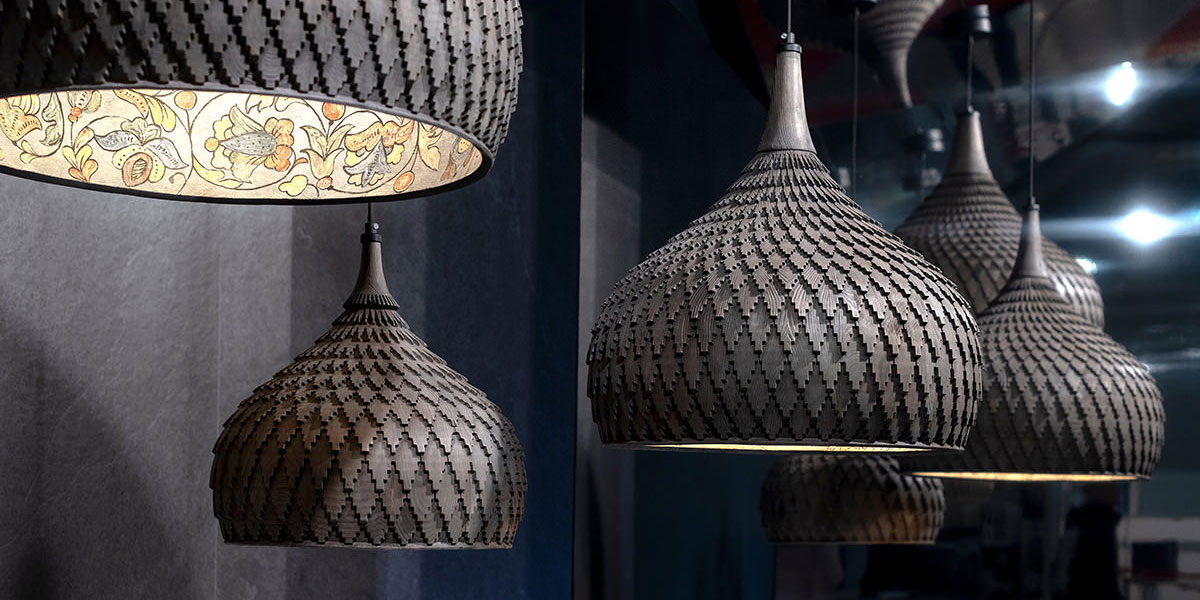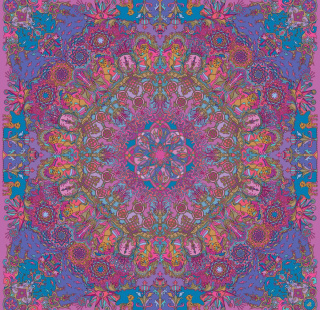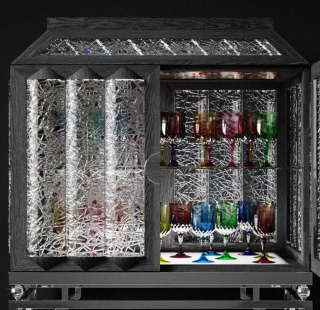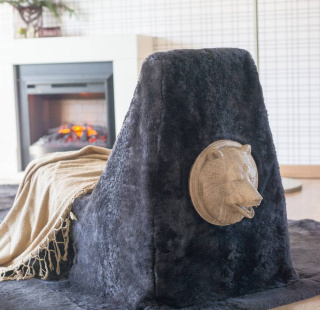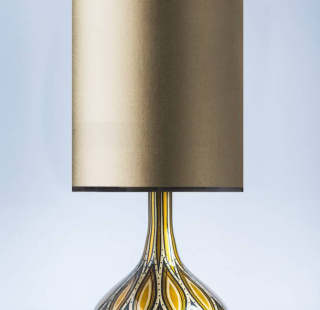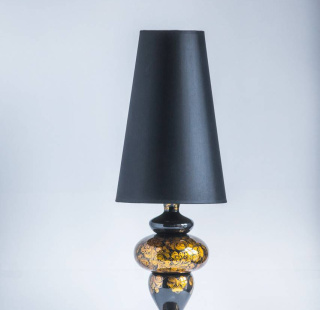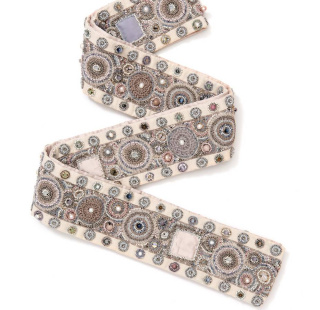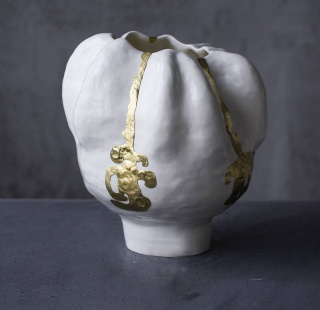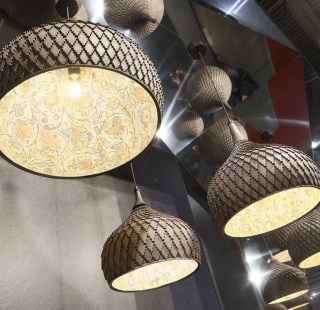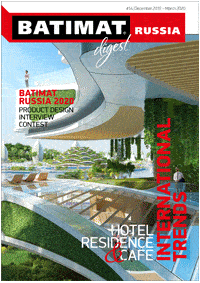From November 27 to December 4, 2019 the Fashion & Design Center of the All-Russian Decorative Art Museum will host the exhibition ‘Tryn*Trava: the Modern Russian Style’. The exhibition motto is Gustav Mahler’s phrase “Tradition is not the worship of ashes, but the preservation of fire.” The exhibition initiators are a group of designers who rely on the national cultural heritage in its modern interpretation.
Eighteen artists and designers will present their work in various fields, from furniture to ceramics and textiles. The unifying principle of the Tryn*Trava conceptual project is the desire to show the importance and diversity of what the Russian style can be today. It is no secret that among the general public and professional critics as well the Russian style is often associated with banal souvenirs and is not perceived as an area of true art. The task of the participants of Tryn*Trava is to refute this error by demonstrating the modernity, originality and decorative possibilities of interior items inspired by Russian traditions and technologies, which are processed with the vivid and original creative consciousness of professionals working in various genres. Among the exhibitors are product designers, ceramic artists, decorators, textile specialists, fashion designers, jewelers, representatives of the oldest Russian decorative industries. Their works will give you a completely new look at the decorative possibilities of objects in Russian style – what they can be like, what role they can play in artistic life, which place they can take in modern interiors. The work of the famous noncomformist painter Anatoly Lepin and the sculptural installation of the Russian product designer Taras Zheltyshev will help to convey the message of the exhibition.
The Tryn*Trava exhibition is an event of general interest – from ordinary people who are interested in arts and crafts to interior designers and other professionals who work in the field of product design and production. The exhibition platform will be an opportunity to communicate, find like-minded people, get acquainted with the experience of colleagues. As conceived by the ideological mastermind and curator of the exhibition, designer Elina Tuktamisheva, Tryn*Trava should become the base for a union of artists, designers and manufacturers of interior items – something similar to the Abramtsevo circle, but absolutely modern.
“The message of the exhibition, which will be held for the second time this year featuring an expanded list of participants, is encrypted in its name. In Slavic mythology, ‘tryn trava’ is a magical plant that is difficult to find, but if obtained, it gives the seeker unprecedented strength and courage. At some point, it became clear that the mysterious ‘tryn’ is nothing but a thistle. Thistle is a strong, ‘unkillable’ plant, and very beautiful as well. A stylized image of a Slavic amulet, the thistle, is found in the ornaments of different nations, and it has become the logo of the exhibition. This is very symbolic: the Russian style we are showing to people was always there, but we forgot its true meaning, and now we are rediscovering it. Russian style is something very native, but at the same time inextricably linked with world culture. We could only get ‘tryn trava’ and gain strength to show it to everyone,” Elina Tuktamisheva comments.
In March 2019, at the BATIMAT RUSSIA exhibition, Elina Tuktamisheva presented the conceptual ‘Timeless’ stand, where for the first time the Kupola lamps were set to show for large public as part of the Integrated Solutions exposition. The lamps are made entirely of wood, with shingles and hand painting inside based on the designs of Pokrovsky Cathedral in Moscow. Paintings are made by artist Tatyana Korelyakova. This is how the author describes her concept: “Light, space, shadows... Time... Symbol of the past is the shadow of the church on the wall cast by wire sculpture. Symbol of the future is the shadow of the city. Symbols of the present are the sculptures themselves. The present is always difficult to evaluate here and now, it can be assessed only through the prism of time. Time will pass and the present will cast its true shadow. There is a portal in the center, where the Kupola lamps are beyond time, but in space. They haven’t cast their shadows yet...”




